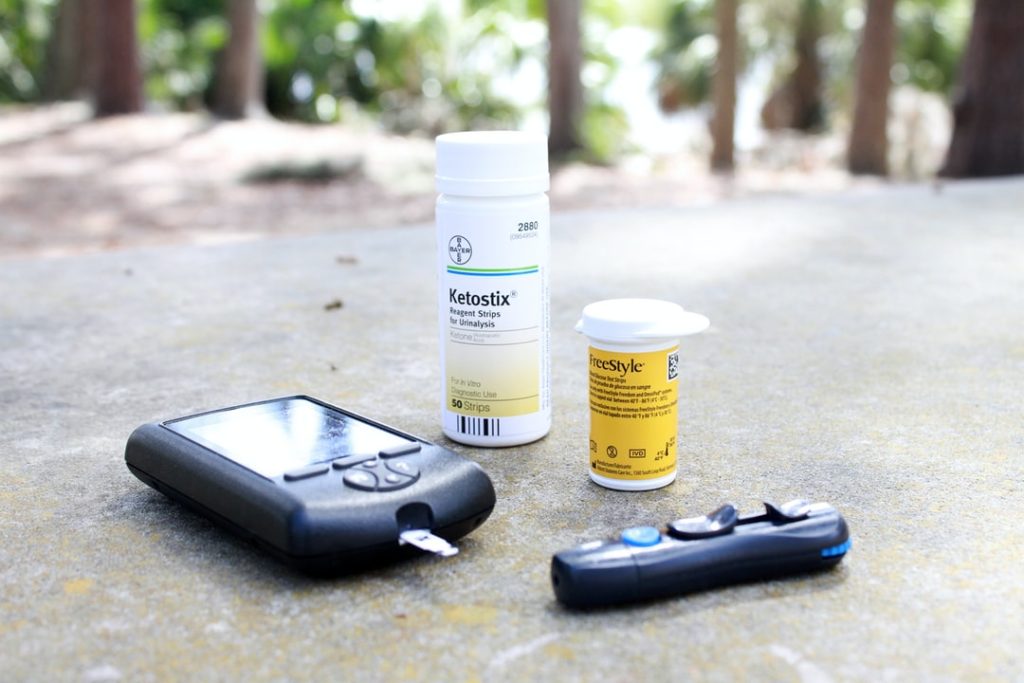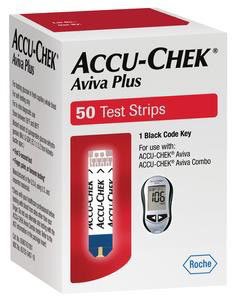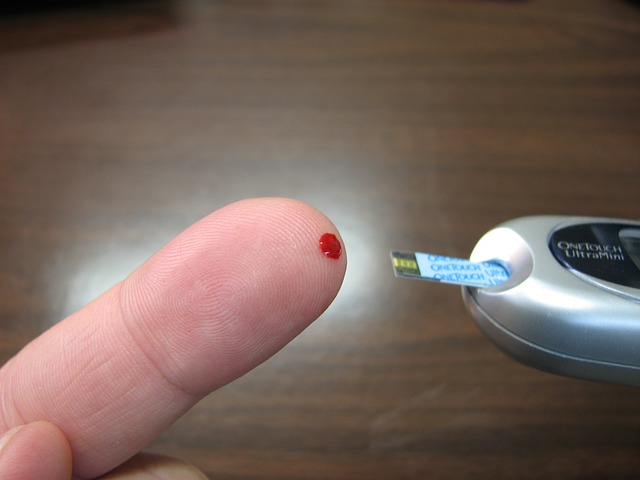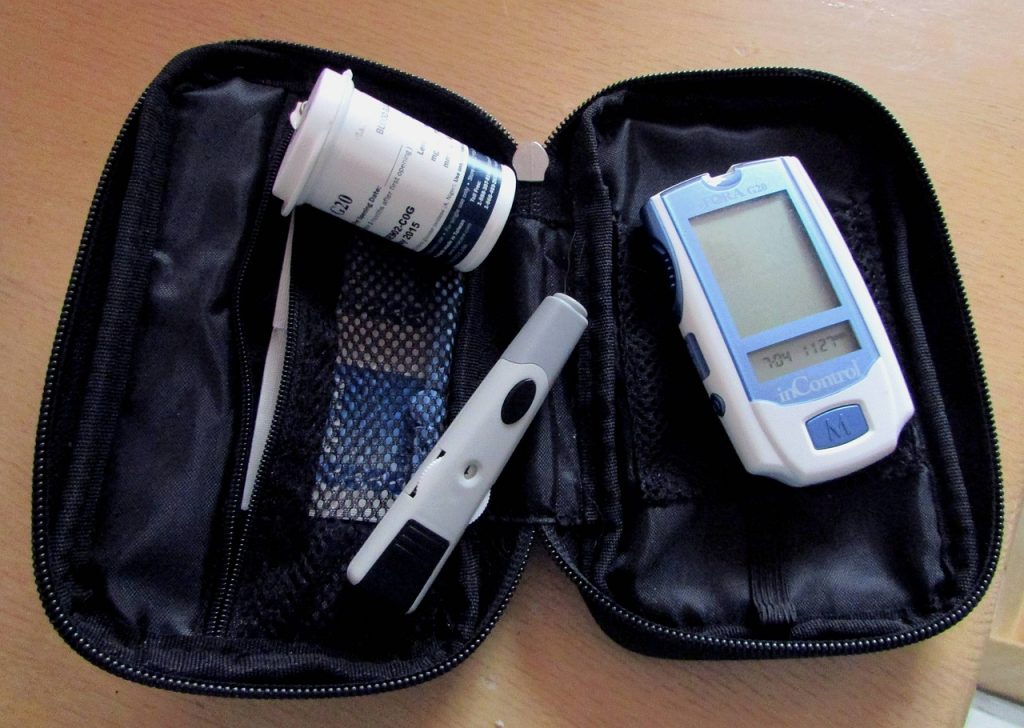Diabetics quickly learn that there are essential items they need to keep with them at all times, whether they’re traveling long-distance or making a quick trip to the supermarket. Glucose levels can drop or increase quickly. Digestion rates can vary, which will dictate how quickly or slowly glucose from foods enter the system.
The majority of diabetics still use injectable insulin and rely on finger pokes to measure their glucose levels. Being without essential supplies can place individuals at extreme risk. Eating, forgetting to eat, exercise, and a number of other factors affect when individuals will need to test and potentially correct their insulin levels.
Whether individuals live in a hot or cold climate, insulin must be kept at the appropriate temperature. Don’t leave it in a vehicle to overheat or freeze. The following are essential items for a safe and essential diabetes management plan that no diabetic should be without.
Insulin
Whether it’s a long-acting or fast-acting insulin, or a combination of both, diabetics need to ensure they have insulin with them at all times. Diabetes is a difficult disease to manage. Allowing glucose levels to skyrocket leads to a variety of complications over time. Allowing levels to dip too low can lead to life-threatening ketoacidosis.
Syringes/Pen Needles
Insulin doesn’t do any good if the syringes or pen needles aren’t available to inject it. Be sure to replenish the diabetic travel kit each time an item is used out of it.
Glucose Meter/ Test Strips/Lancets
The glucose meter and test strips are the only way individuals will have to accurately monitor their blood sugar levels. Lancets are required to take the blood sample. Don’t forget any of those critical items.
Sharps Container
Used syringes, pen needles and lancets will need to be disposed of properly. Portable sharps containers can be purchased or made, depending upon the laws in a particular state.
Oral Medications
Diabetics and pre-diabetics are often prescribed oral medications as part of their diabetes management and control regimen. Be sure to include any pertinent medications.
Fast Acting Carbs
When glucose levels drop, individuals will need to consume a fast-acting carbohydrate. Make sure that the chosen food is able to withstand extremes of heat, cold and won’t rot. Rescue pens are also available for emergencies.
Carry Case
Use a carry case to keep supplies ready and organized. There are many different types from which to choose that will accommodate multiple lifestyle needs.
If you would like to find out about earning cash for your unwanted, unused and boxed test strips, complete our online quote form today.
If you have extra, unopened and unused boxes of diabetic test strips – whether you have switched brands, no longer need to test or test less frequently, or have a loved one who has passed away – don’t let them gather dust until they’ve expired and end up in the trash. We’re the best place to sell diabetic test strips online, and if you want to sell your test strips, we’re here to make the process easy and enjoyable!
Visit us at Sell Your Test Strips and get your free quote today!
Like us on Facebook










